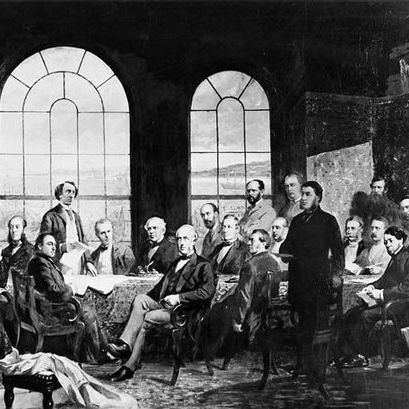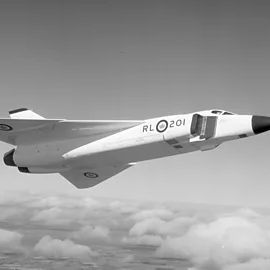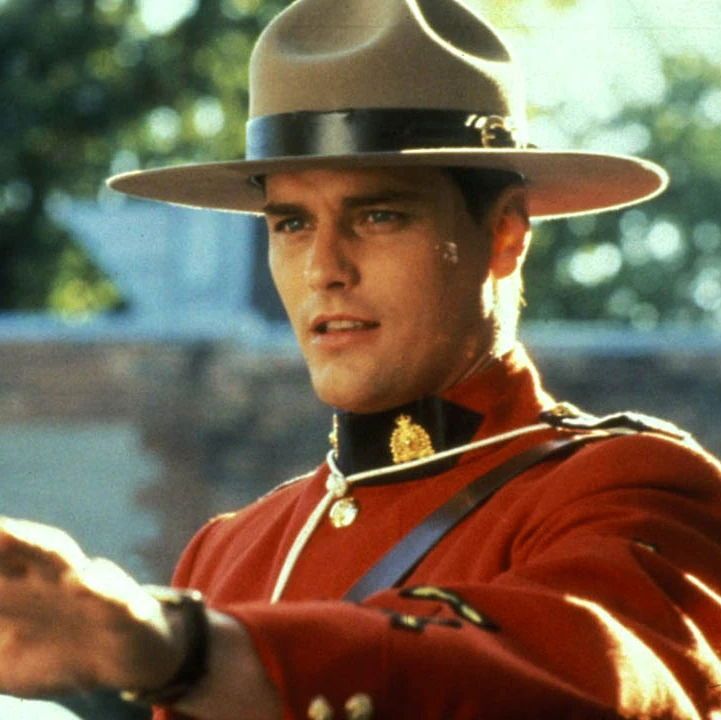It is #PrideMonth and this is the story of Michelle Douglas, who legally challenged the LGBTQ discriminatory policies in the Canadian Armed Forces.
Michelle Douglas was born in Ottawa in 1963 & after studying law, she joined the Canadian Forces in 1986.
🧵1/5
Michelle Douglas was born in Ottawa in 1963 & after studying law, she joined the Canadian Forces in 1986.
🧵1/5

She soon became the first woman promoted to the Special Investigations Unit.
In 1989, despite her excellent service record, she was released from the Forces for being a lesbian. Her release stated:
"Not Advantageously Employable Due to Homosexuality"
🧵2/5
In 1989, despite her excellent service record, she was released from the Forces for being a lesbian. Her release stated:
"Not Advantageously Employable Due to Homosexuality"
🧵2/5

She then launched a $550,000 lawsuit against the Department of National Defence in January 1990.
Douglas stated that two male officers took her to a hotel room and questioned her about her sexual activities and told her that she should like men.
🧵3/5
Douglas stated that two male officers took her to a hotel room and questioned her about her sexual activities and told her that she should like men.
🧵3/5

Before her lawsuit could go to trial, the Canadian military abandoned its policy of banning gays and lesbians in the military and settled the case with Douglas.
This made Canada one of the first countries to openly allow LGBTQ individuals to serve in the military.
🧵4/5
This made Canada one of the first countries to openly allow LGBTQ individuals to serve in the military.
🧵4/5

Since then, Douglas has engaged in social justice and human rights activism. She helped found the Rainbow Railroad LGBT refugee organization. She also offered advice for LGBTQ Supreme Court cases including Vriend v Alberta & M v H.
🧵5/5
🧵5/5

• • •
Missing some Tweet in this thread? You can try to
force a refresh





















